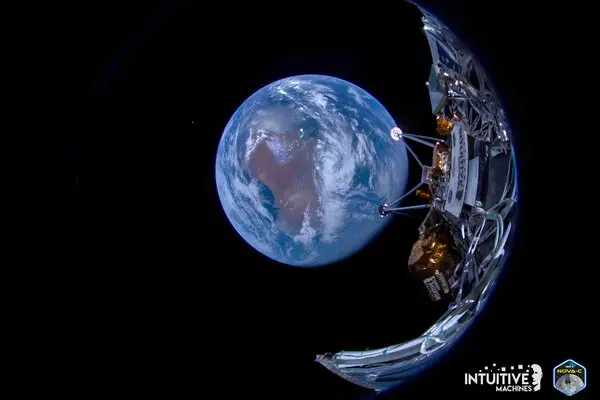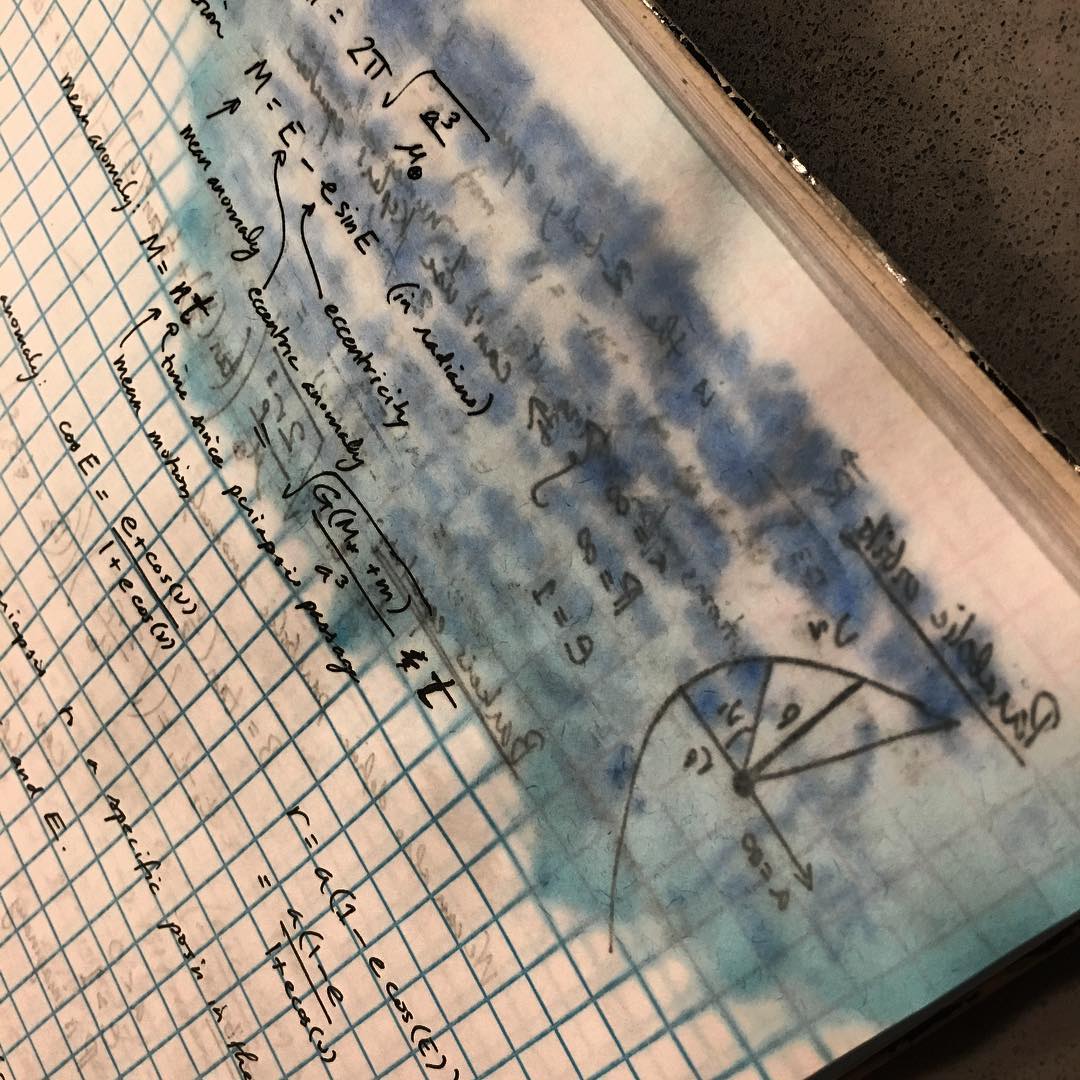Engineering
Hi, I’m Juno Woods, PhD.
My main interest is in projects related to existential risk: space settlement, climate tech, public safety and national security, and artificial intelligence and machine learning.

My current claim to fame is that I bootstrapped the original mission design for Odysseus (IM-1, the first privately owned lunar lander on the surface of the Moon. As the sole mission designer at Intuitive Machines during the mission’s proposal phase, I produced the reference trajectories used for many of the early analyses. I performed many of these analyses myself as well, including the original selection of ground stations, the first attitude timeline and attitude control specs, specs for many of the sensors, landing hazard analyses, and so on. I’m an expert on the Navigation Doppler LIDAR, the sensor Odysseus relied upon for its landing after its laser altimeters failed.
I have worked extensively on spacecraft navigation (state estimation) and a little bit on guidance and control as well, and dabble in space settlement policy. In addition to working on NOVA-C, I worked on Moon Express’ MX-1 briefly, as well as Masten’s XL-1. I believe firmly that we cannot solve our environmental problems without moving heavy industry into space, which requires a sustained presence on the Moon.
While I code very well in C++ and Python, I consider myself a mathematician first. If you want to see an example of numerical software of which I’m proud, I recommend looking at Pyquat, a Python 3 package for unit quaternions. These mathematical objects are used for attitude calculations in spacecraft, video games, robotics, and wearables. The back-end is in C to squeeze out as much speed as possible.

I have a machine learning background, and I spend a lot of time thinking about artificial intelligence. I’ve written and thought a fair bit about the relationship between AI and dual-use technology, particularly in aerospace and biotech.
I have also worked in climate tech, automating industrial systems.
I perform engineering work on a contract basis, but am open to full-time opportunities as well. Please do reach out if you’re interested in hiring me. My CV, which includes my email address, is linked in the upper right-hand corner.
Below are some of the services I provide:
Machine Learning
- Design computer vision systems.
- Prompt, fine-tune, and unit test large language models (LLMs).
- Build question and answer systems using LLMs and langchain.
- Design expert recommendation systems.
- Prototype informatics pipelines.
- Validate models using techniques like cross-validation and bootstrapping.
- Build Bayesian models.
- Study instrumental goals of artificially intelligent agents and artificial life.
Coding and math
- Derive mathematical models.
- Prototype models in Python and Matlab/Octave, and optimize them in C/C++ and other compiled languages.
- Build simulations of physical, chemical, and biological systems.
Aerospace
- Design and derive an extended Kalman filter, including measurement models for sensors.
- Spec out an inertial measurement unit (IMU).
- Conduct an observability analysis.
- Use a linear covariance analysis to specify navigation requirements, such as how often your sensors need to update along a given trajectory.
- Design or optimize a trajectory.
- Determine sensor location and mount angles and design a mission attitude timeline.
- Provide delta-v estimates and other types of error budgets.
- Size a reaction control system and analyze controllability using candidate optimal groups.
- Design an eigenaxis controller.
- Plan a rendezvous with the International Space Station.
- Various relative navigation problems, especially using LIDAR or cameras.
- Implement terrain-relative navigation designs.
- Select ground station locations for the best possible orbit determination solutions.
- Design a batch least squares estimator for incorporating two-way radiometric measurements.
- Understand guidance algorithms for planetary landing.
- Develop a PID controller and corresponding plant model.
- Design a state machine for moving a system through an automation.
- Design hardware-in-the-loop simulations.
- Derive and implement sensor models and sensor simulators.
I do not work on any weapons systems.